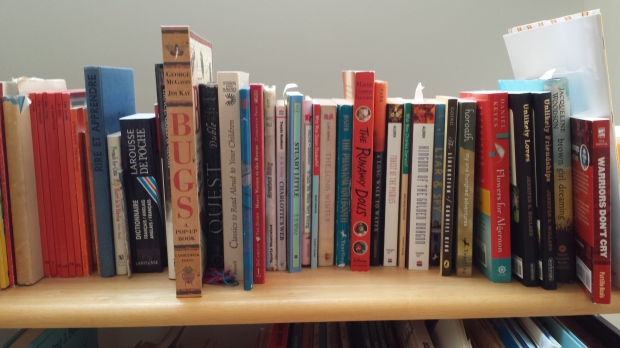 I recently read two books worth sharing because they have different but complementary perspectives on problem solving, creativity, and inspiration when tackling big challenges.
I recently read two books worth sharing because they have different but complementary perspectives on problem solving, creativity, and inspiration when tackling big challenges.
In Creativity, Inc.: Overcoming the Unseen Forces That Stand in the Way of True Inspiration, Ed Catcall and Amy Wallace delve into the life and strategies of Pixar. In addition to making me want to drop everything and go work at Pixar, their stories reinforced a critical element of problem solving: new information.
That seems obvious, but we easily overlook the opportunity to insert new information. Instead, we instinctively go to our team, debriefs, lessons-learned, and our usual echo chamber of voices.
At Pixar, the team working on Brave took archery lessons together. The Ratatouille team visited french restaurant kitchens, experiencing and recording the details that gave the movie its authenticity. While designing Kevin, the giant bird in UP, an ostrich was provided a home on-campus for the animators to observe and sketch.
Most of my problems don’t involve giant birds, but the lesson is well taken. Instead of living in our head, filled up with what we already know, it’s useful to get some fresh perspective. Good french bread doesn’t hurt, either.
We’ve all experienced these ah-ha moments, on vacation, talking to someone new, when we’re out of our “normal” routine. We know how good it feels when inspiration strikes and we move into a solution. But what if you’re struggling with a problem that goes on for months, or years?
In Designing Your Life: Build a Life that Works for You, William Burnett and Dave Evans give “stuck” problems a useful name: Anchor Problems. An anchor is the thing that’s dragging you down. Good if you’re a moored sailboat, bad if you’re being held back because you already know what the solution is and you can’t get there. It’s too hard, too big, too heavy, too whatever. It’s holding you back.
There’s a lot more to this book, including specific methods for pulling up your own anchor problems. But the general idea is when you can locate that anchor problem, then bring in some new ideas, you can move from stuck to unstuck. Imagination becomes key. Mind-mapping, journals, designing your way out of the situation is not about up-ending your entire life, but more about widening the lens. Bringing in new information. Trying things.
I thought these two books were a good pair. Creativity, Inc. has useful overall ideas from a major company’s management; Designing Your Life provides practical exercises in support of their main concept: life is a design challenge with many solutions.
Which brings me to the spider and the bumble bee.
Jonathan Swift wrote “The Battle of the Books,” a satire of old versus new ideas. He characterized the spider as drawing everything from within, and all she eats is flies. Not a great source of inspiration. The bumblebee on the other hand goes from flower to flower, gathering pollen to make nectar. It’s pretty obvious which one Swift favors, although he leaves the final interpretation to the reader.
Whether you’re looking for inspiration on a management level or a personal level, each of these books are good flowers in the field, reminding us of the value in seeking ideas and insight from many flowers.
Book links: